From Honorary Reporters
Reunification, another Korean miracle?
Apr 26,2018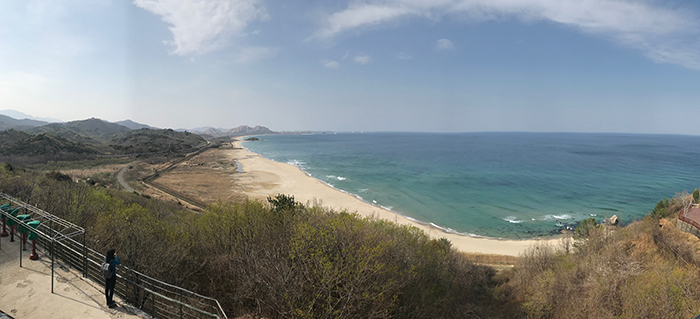
Visitors to the Unification Observatory in Goseong, Gangwon-do Province, hope that one day South and North Koreans can enjoy the beautiful view together.
By Korea.net Honorary Reporter Marc Raphael from Haiti
Without a shadow of doubt, 2018 will be recorded as a special year in the history of Korea. Thirty years after hosting the Olympics, they did it again. This time, in the middle of the winter, Koreans welcomed athletes, fans, visitors and journalists from more than 92 nations around the world to celebrate sports and humanity. Beyond the expected economic, cultural and environmental legacy, however, the events brought something the world was craving for but couldn’t dare to dream about.
A rapprochement between the two Koreas materialized before and during the Games. Representatives of North Korea -- athletes, cheerleaders and government officials -- participated safely and successfully in the PyeongChang 2018 Olympic and Paralympic Winter Games. Since then, the governments of the two countries have been engaged in a dialogue that has led to the announcement of a planned official meeting between Kim Jong Un and Korea's President Moon Jae-in on the South Korean side of the Joint Security Area (JSA).
All of a sudden, the term “peace talks” began to make the headlines of newspapers all over the world, replacing the idea of an imminent war, which was on everyone’s lips just a few months ago. A glimmer of peace has started to shine on the horizon. More than one has begun to dream about reunification of the Korean people on both sides of the 38th parallel into one country again. Is it a pipe dream or a miracle in the making?
To find out, we will have to wait for the results of the upcoming meetings. In the meantime, we embarked on a journey to the northern parts of Korea to meet the locals and to record their impressions of those events that may change their lives, and to understand the physical environment surrounding the area where the talks are going to happen.
After a three-hour drive on the beautiful National Highway No. 7 from Seoul, we made our first stop in Sokcho, a coastal city in the northeast of Korea known for its biggest attraction, Seoraksan National Park, frequently visited by tourists both national and international.
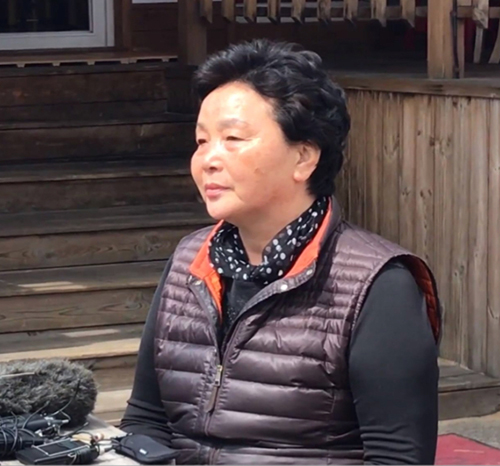
North Korean defector Park Kyung Su talks about her life, in the Abai neighborhood of Sokcho on April 10.
Our main destination in Sokcho was the neighborhood of Abai, a fishing village set up to house North Korean refugees. In this picturesque neighborhood, where a modern bridge runs along small traditional homes, North and South Koreans live together in peace. North Korean refugees settled there at the end of the war in 1953 with the hope of returning home when the conflict was resolved.
Most of them have already passed away or are in their twilight years. Some who arrived at a very young age, in spite of calling Abai home, are still dreaming of visiting the land of their ancestors. This is the case of Park Kyung Su. In or around 1952, fleeing the terror of the war in a small boat, her family braved the waves of the East Sea to find refuge in Abai. She was only 3-years-old when she arrived and can't even directly remember those remote events. Her only memory of “the North” comes from stories about poverty and misery that her parents and their friends used to tell before they died.
For the past 66 years, Abai has seen her growing up and overcoming hardships to make a decent living. Far from the inhumane conditions in which her parents lived before migrating south, she feels grateful for living in this part of the peninsula. She calmly said that she keeps close to her heart her hope to visit her birthplace one day, maybe after reunification.
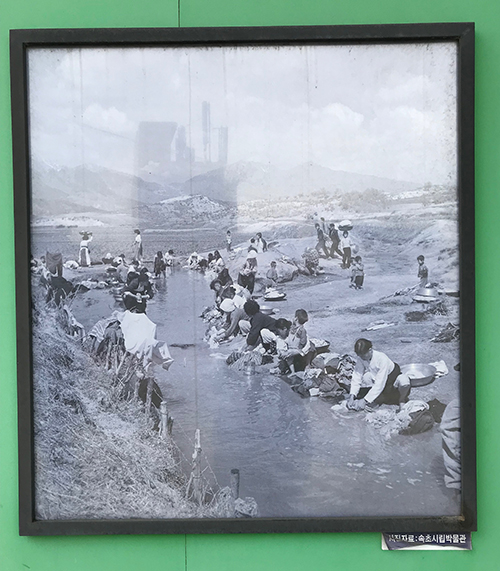
A photo of Abai Village in the past gives visitors a glimpse of what a refugee's life was like at that time.
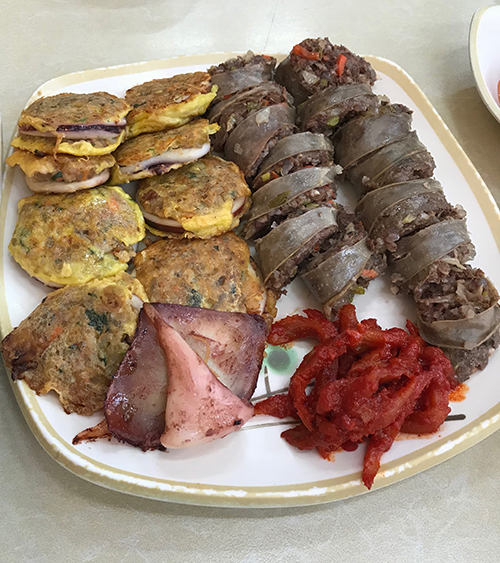
In Abai Village, visitors can taste soondae blood noodle sausage made in the delicious North Korean style.
With the same hope of reunification, we were welcomed by Chang Sok-gwan, the head of Myeongpa-ri Village, the northernmost community in Korea. This town of 152 households, occupied mainly by elderly farmers, has great expectations for the 2018 Inter-Korean Summit. According to Chang, exchanges between the two countries, if restarted, would greatly benefit his area. “We could develop some industry – accommodations, restaurants, farming experiences for city folk, and so on.” However, he didn’t have only words of hope. He also referred to the fear of being evacuated that is felt by most members of his community, and the complications brought to their lives by the fact that they are living in a military-controlled zone. They can only access their farms between 6 a.m. and 8 p.m. We even experienced first-hand the repeated and disturbing noise coming from a nearby military firing range.
Continuing our journey, we arrived at the Unification Observatory, a museum overlooking the DMZ. The charming landscape made essentially of mountains flanked by a magnificent coastline presented a striking contrast with the idea of a war zone. However, the constant presence of military personnel, a few armored vehicles and an aircraft were there to remind visitors that this area has seen indescribable horrors of violence and it remains one of the most dangerous place on Earth.
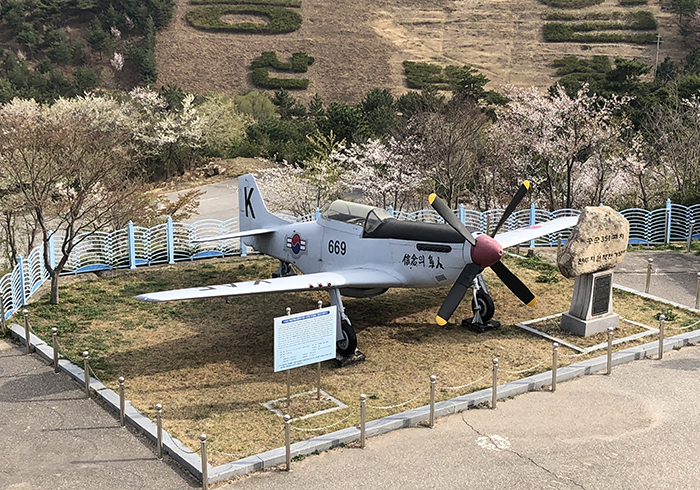
A military plane is on display at the Unification Observatory in Goseong, Gangwon-do Province.
On our final stop, we toured the Inter-Korean Transit Office. This modern and impressive building destined to serve as an immigration center for Korean tourists heading to the North has been idle since 2008. A couple of soldiers patrolling the area and a few employees doing maintenance were the only activities to be noted. While the empty track of the railway connecting the two countries and the resounding echo inside the building were depicting the place as a ghost town, its director, Woo Gyenkeun, affirmed with faith that, “We could have the trains up and running in a month,” if the summit were to bear fruit.
Along our journey, we’ve learned that the Koreans welcomed very much the idea of the summit. Despite not knowing what to clearly expect from the negotiations, they have faith that their current leader, President Moon Jae-in, will do the right thing. Their cautious optimism sustains their hopes for peace. They may not have figured out yet what reunification would look like. The train leading to reunification may not yet be running. However, some are already silently dreaming about it. Who should stop them from dreaming? After all, they are used to miracles and perhaps they are about to just live through a new one.
wisdom117@korea.kr
* This article is written by a Korea.net Honorary Reporter. Our group of Honorary Reporters are from all around the world, and they share with Korea.net their love and passion for all things Korean.